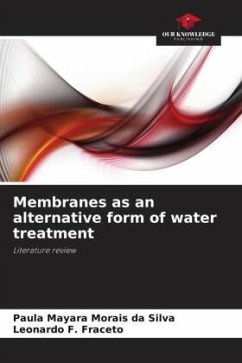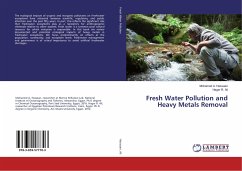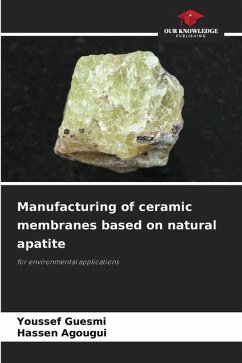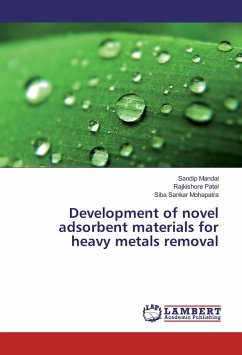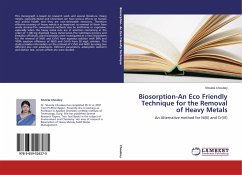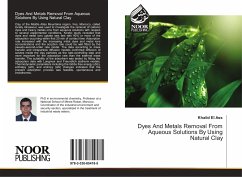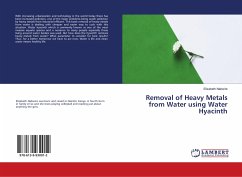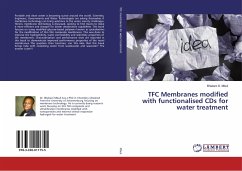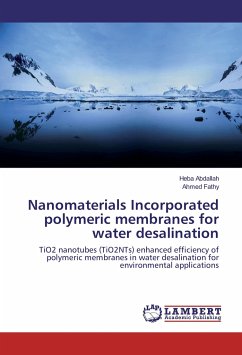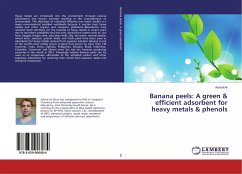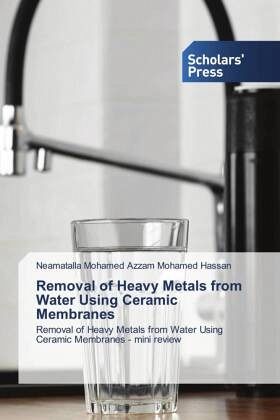
Removal of Heavy Metals from Water Using Ceramic Membranes
Removal of Heavy Metals from Water Using Ceramic Membranes - mini review
Versandkostenfrei!
Versandfertig in 6-10 Tagen
34,99 €
inkl. MwSt.

PAYBACK Punkte
17 °P sammeln!
Water sources have been polluted by humans with different toxic substances, including heavy metals. Heavy metals are persistent, bioaccumulative, and capable of disrupting human and animal metabolic activities and essential organs. Therefore, removing these contaminants from water and wastewater is a mandatory need. There are several water treatment techniques such as osmosis, ion exchange, coagulation, and sedimentation used to remove heavy metals from aqueous solutions. Membrane techniques such as microfiltration, reverse osmosis, nanofiltration, and ultrafiltration are promising technologie...
Water sources have been polluted by humans with different toxic substances, including heavy metals. Heavy metals are persistent, bioaccumulative, and capable of disrupting human and animal metabolic activities and essential organs. Therefore, removing these contaminants from water and wastewater is a mandatory need. There are several water treatment techniques such as osmosis, ion exchange, coagulation, and sedimentation used to remove heavy metals from aqueous solutions. Membrane techniques such as microfiltration, reverse osmosis, nanofiltration, and ultrafiltration are promising technologies for removing metals from water because of their effectiveness, ease of operation, and space-saving properties. This article discusses several raw materials and technologies used in the preparation of ceramic membranes used in the removal of heavy metals from water in recent years. Ceramic membranes have proven to be economically suitable for desalination, wastewater treatment, and ultrafiltration due to their availability, high flux, and low operating costs. This is shown by the paper by highlighting the use of some low-cost raw materials or the use of some waste for membrane fabrication.



